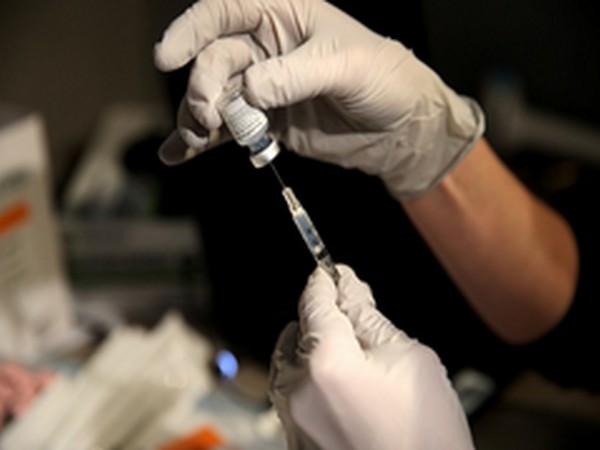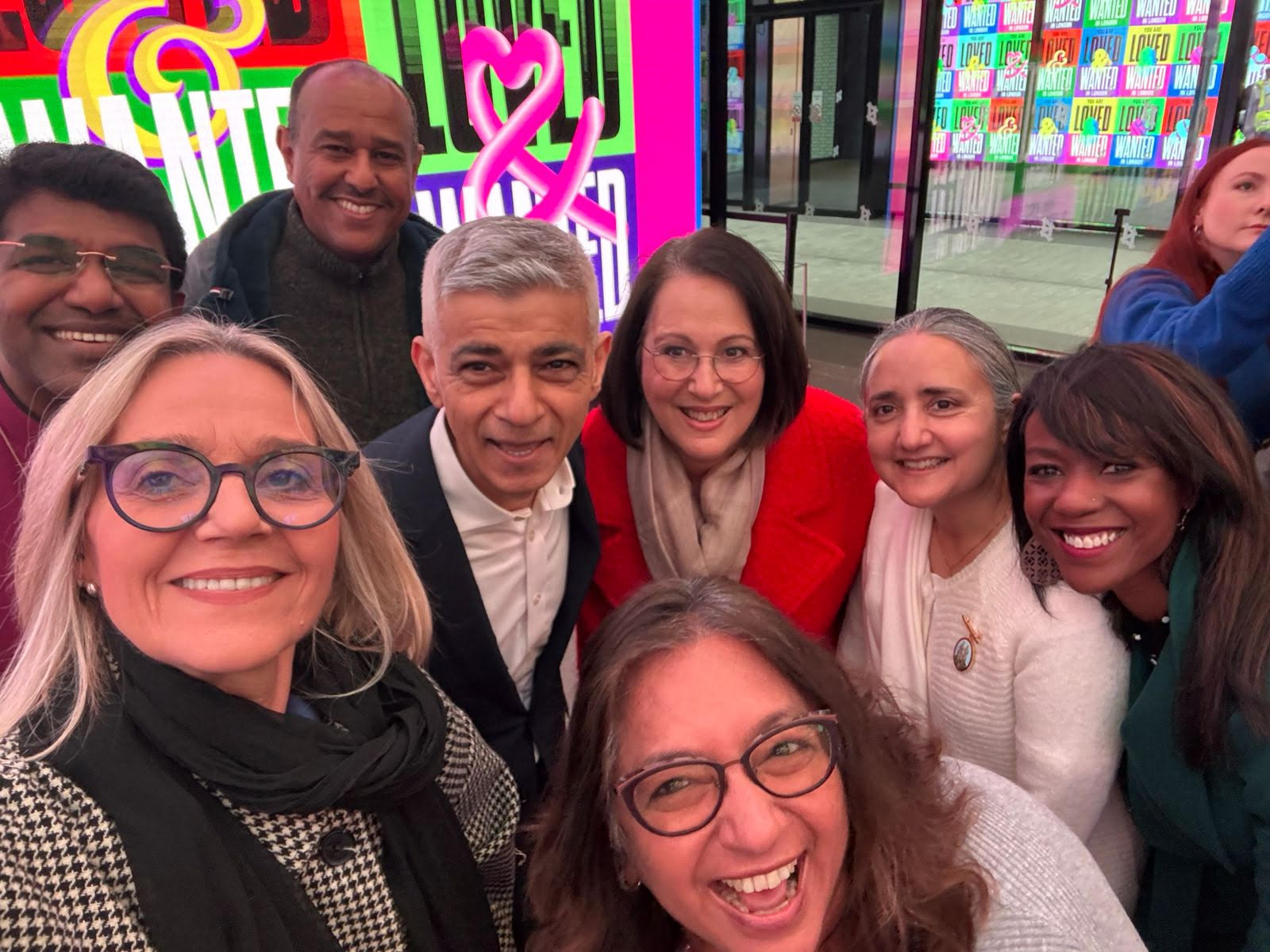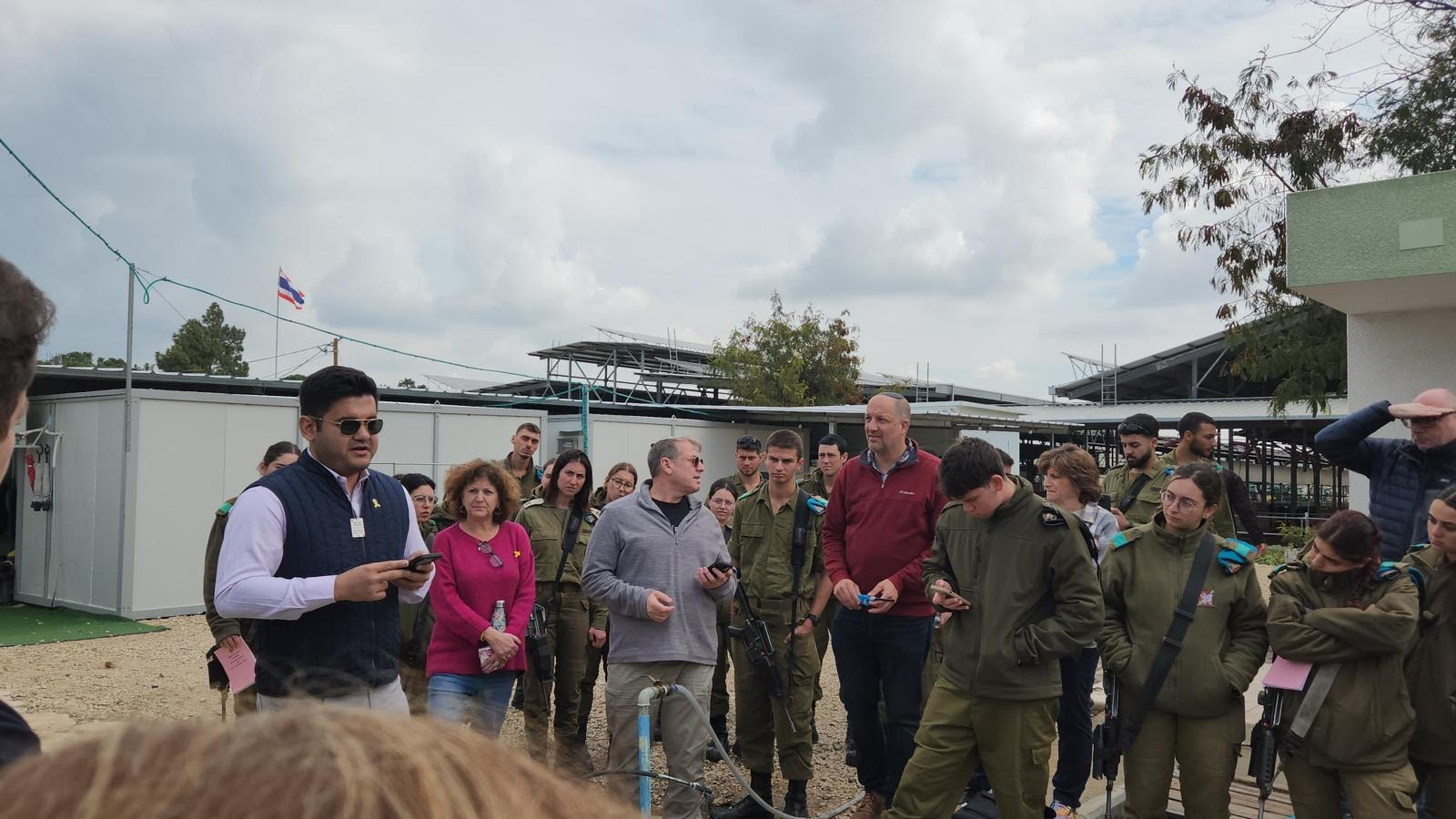Of 15,000 virus sequences, 11pc comprise of UK, SA and Brazil VOCs; B.1.1.7 dominates in India

New Delhi, ANI— With six variants of concern (VOC) of coronavirus that is dominating global topography currently, India is grappling with three particular variants, i.e. the UK, Brazil, and South Africa, since the second COVID-19 wave struck the country.
The lineages B.1.1.7 (called UK variant), B.1.351 (South Africa variant), and P.1 (Brazil variant) have been detected in India.
Last year at the time when the virus broke its loose pan-India, Maharashtra was hit badly with most reported cases of which almost close to 20 per cent cases were showing the trace of ‘double mutant’ – an Indian variant called B.1.617 lineage.
The VOC of lineage B.1.1.7 (UK variant) with higher transmissible capacity can be seen in Delhi.
On March second week in Delhi 28 per cent of samples had the UK variant and in the fourth week of March the percentage scaled up to 50 per cent, National Centre for Disease Control (NCDC) data reveals.
However, in poll-bound West Bengal, all the VOCs were detected.
Leading Virologist Dr. Shahid Jameel said, “At last report, of about 15,000 virus sequences, 11 per cent comprised of these VOCs. Among these B.1.1.7 dominates in India with B.1.351 found mainly in West Bengal. Only 2 or 3 P.1 VOCs are detected so far.”
An Indian variant lineage B.1.617 (also called double mutant and first seen in Maharastra) has now spread to many other States.
“For example, it comprised only about 2 per cent of sequences from Maharashtra in January, but increased to about 15 per cent in February and about 35 per cent in March. Some other studies find its frequency to be about 60 per cent in Maharashtra,” explains Jameel.
The B.1.1.7 variant dominates in Punjab with over 80 per cent of viruses belonging to this lineage.
For the state of West Bengal that has all the VOCs Jameel said, “West Bengal has all the VOCs plus the B.1.617 at around 10 per cent frequency. This is an area to watch closely due to the prolonged elections and crowded rallies.”
Apart from viral lineages, several mutant viruses are circulating in the country at varying frequencies.
On being asked about vaccination Dr. Jameel said, “Our vaccine penetration is very low at the population level. As of today, only 1.5 per cent people have received both vaccine doses and 8.5 per cent have received one dose.”
He further stated, “Variant viruses have contributed to this surge. These variants are more infectious and sometimes lead to partial evasion of immune responses, leading to re-infection or breakthrough infections.”
INSACOG that brings together 10 different national laboratories to propel genome sequencing and surveillance was notified in mid-January and started functioning in mid-February.
Dr. Jameel says, “In this time it has provided about 20,000 sequences, which is roughly 1 per cent of confirmed cases. This has allowed us a peak into what viruses are spreading in the community, and more importantly, which ones might be of concern in future.”
However the Virologist demands that more effort is needed, more labs have to be brought in and more funds provided to ramp up activities.
According to NCDC data15,135 samples have been sequenced by INSACOG till date in which 1,735 VOCs were found. Pan India the figures as of now rests at 1,644 cases of the UK variant, 112 of the South African variant, and 732 of the Indian variant B.1.617 (double mutation).
India is amid a raging medical crisis, facing a crunch of hospital beds and oxygen.
India continues to report close to 3.5 lakh covid cases each day with today’s latest official figures stands at 3,49,691 new covid cases, 2,767 deaths and 2,17,113 discharges in the last 24 hours, as per Union Health Ministry.

















Facebook Comments